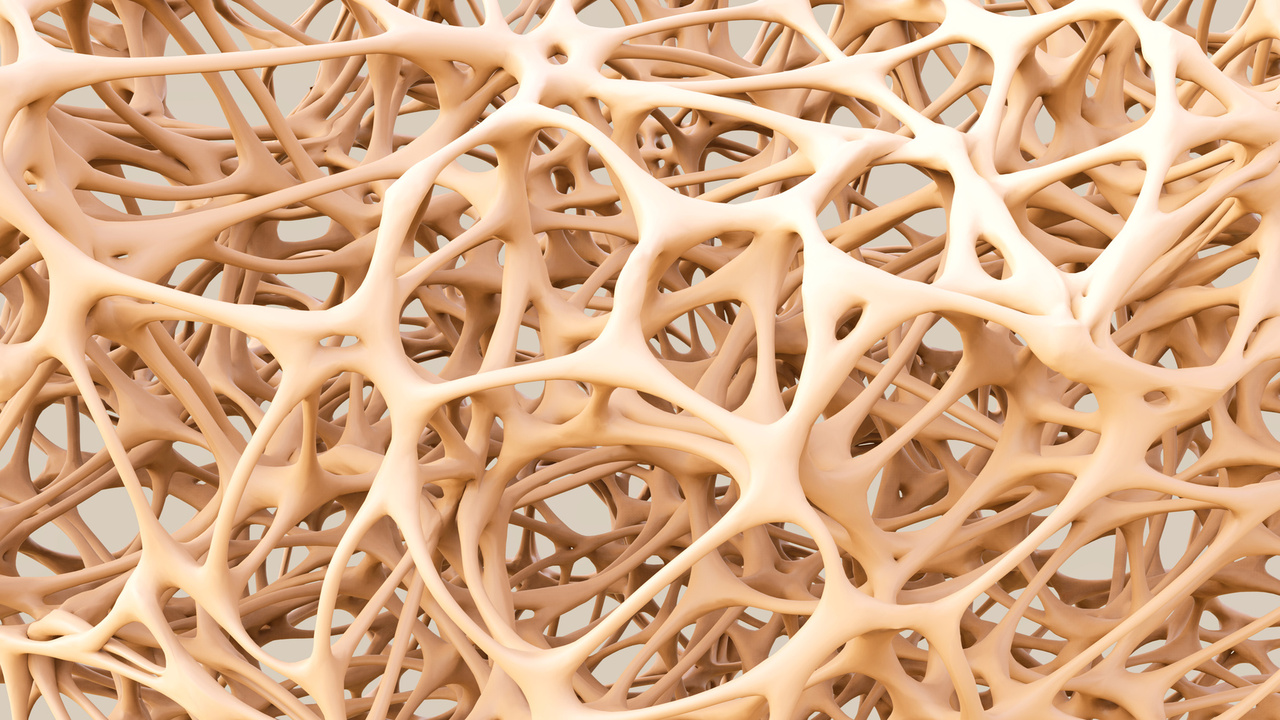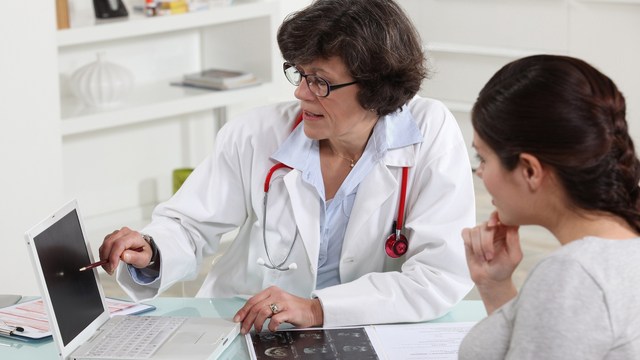The best screening for osteoporosis is done by X-ray, to provide a bone-density reading of specific areas (spine, hip and wrist; the areas most likely affected by osteoporosis). Other tests traditionally given to patients are an ultrasound or CT scan to measure bone density.
A new test, created by the WHO (World Health Organization), is being used to calculate a person's risk of bone fractures. This calculation is done by using the bone-density test results, as well as assessing other risk factors (such as, alcohol and tobacco use, thyroid disease or previous fractures).
The risk-factor algorithm provides a percentage of assessed risk for future bone fractures, which helps the patient and doctor decide on the need to treat osteoporosis with medication. According to the National Osteoporosis Foundation, the guidelines for treatment with medication is: if the patients' 10-year risk of hip fracture is more than 3 percent, or if the risk of other major fractures is more than 20 percent.
In order to help prevent osteoporosis, the National Osteoporosis Foundation (NOF) recommends adequate intake of calcium and vitamin D , regular weight-bearing exercise, and avoiding tobacco and alcohol abuse. http://www.nof.org/
The Mayo Clinic has a great website, detailing signs, symptoms, and treatment options for osteoporosis:
http://www.mayoclinic.com/health/osteoporosis/DS00128




